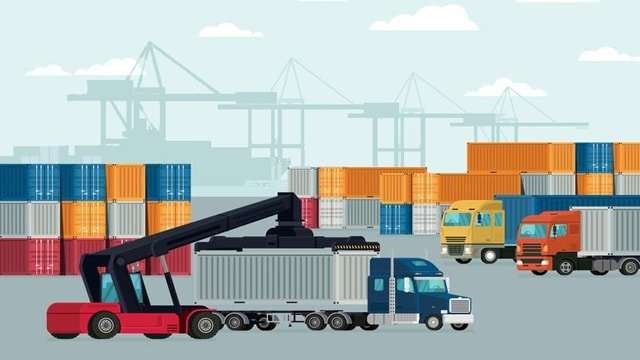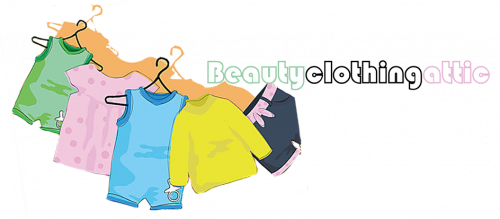
Apparel exports from India reached a significant level only by the beginning of 1970s, though there had been some exports even before that. Cash Assistance, introduced by the Central Government in mid 1960s and later renamed Cash Compensatory Support (CCS) was one of the greatest elements for attracting manufacturers and traders of apparel to exports. CCS amounted to more than 30% of the FOB value of exports at one stage and hovered around 15-20% for a long time. It was in addition to drawback and got phased out by the second half of 1980s.
Every time the rate of CCS was reduced during its operation of nearly two decades and eventually when it was discontinued, there were a lot of protests and apprehensions among the exporters on the future of apparel exports. However, exports not only continued but increased by leaps and bounds even after abolition of CCS. It would be wrong to assume that reduction or withdrawal of CCS had no impact on exports. But what the export trends indicate is that subsidies are only one of several elements that influence export performance. Production efficiency and cost competitiveness render inherent strength to exports and in their absence even subsidies will not be able to sustain exports.
Though the level of subsidies has come down drastically over the decades, Government of India continues to provide some facilities to exporters of textiles and apparel that would come within the definition of export subsidies under World Trade Organization (WTO) and these are already being questioned in WTO. Naturally, there is apprehension in the industry about the possibility of export subsidies being withdrawn and future of apparel exports if this actually happens.
The USA has recently embarked on a mission to save American jobs from ‘cheap’ imports and imposed huge punitive tariff on its imports from China as part of this mission. China has already retaliated and trade relations between the two economic giants are expected to be under stress in the ensuing months. Perhaps in this context, the USA has also notified WTO raising a dispute on India’s export subsidies. It has already asked India for consultations on our export subsidies programme, which is a requirement under WTO’s procedures for dispute settlement. Thus, our export subsidies are heading towards WTO’s Dispute Settlement Body (DSB).
Though the US’ complaint is not specifically on textiles exports, that is where it may really hit India. Saving American jobs is neither the concern nor the responsibility of countries exporting products to its markets. But there are provisions in the WTO that can be used against India in the matter of export subsidies, especially on textile products.
As per WTO’s Agreement on Subsidies and Countervailing Measures (ASCM), subsidies contingent on export performance are prohibited. A subsidy for this purpose would cover any payment made or any dues forgone by Government. But it is one of the over-arching provisions of WTO that developing countries would be accorded ‘Special and Differential’ treatment in all such restrictive provisions. Therefore, ASCM provides certain relaxations to developing country members with reference to this prohibition. As per these relaxations, until we become ‘export competitive’ in a product by achieving a market share of 3.5% in world trade for two consecutive calendar years and this position is either notified to WTO by India or discovered by WTO on a study initiated on a request from another member, we would continue to be eligible for providing export subsidies for the product concerned.
A ‘product’ for this purpose has been defined as a ‘section heading’ in the Harmonized System Nomenclature. All textile and clothing products come under Section XI of HS classification and our exports of products covered by this section have exceeded 3.25% of world trade at least as of 2009 and 2010 and this has been discovered by WTO in a study conducted in 2011.
In the matter of export subsidies, there are some more relaxations available to certain specified developing countries who have been listed in Annex VII of ASCM; India is one of the countries listed. The relaxations are that (i) once a country in the Annex has reached export competitiveness in a product, it will have a period of 8 years to phase out the export subsidies for that product and (ii) the prohibition on export subsidies would apply to the countries listed in Annex VII only when their Gross National Product (GNP) per capita reaches $1000. India’s GNP per capita has crossed $1000 at least by 2015 and this has been notified by WTO in 2017.
Thus, the crucial year from which the phase-out period of 8 years should begin can be 2011 when our export competitiveness got notified by WTO, 2015 when our GNP per capita breached $1000 or 2017 when WTO notified that our GNP has breached US $ 1,000. It can also be argued that the 8 year period is available only in the case of achieving export competitiveness and not in the case of reaching GNP per capita of US $ 1,000. These dates are also likely to be discussed before the decisions of DSB on the complaint of the USA are arrived at.
ASCM makes it clear that only subsidies which are contingent on exports will attract the provisions of the Agreement. That would mean that government funding under TUFS, SITP, skill development, research & development, etc., which are not linked to exports will not be affected. Focus Schemes/MEIS, EPCG Scheme, Advance License/Advance Authorization Scheme, Special Economic Zones, Export Oriented Units and interest subvention on export credit will be among those that will be affected. Though drawback in principle should not be affected, it can also be targeted because of the practice of averaging involved in our calculations for deciding industry rates of drawback. This issue, however, will get sorted out once GST kicks in completely. Input credit and refund of GST will not be covered by the restriction since they are based on duty paid documents, without any averaging.
All things considered, there is a real possibility that the Dispute Settlement Body of WTO will entertain the complaint of the USA and establish a Panel of experts to examine it as per the procedures of the DSB. If so, India will have to defend its export subsidy programme before the Panel. Since we have achieved ‘export competitiveness’ as of 2011 in textile products and lost the protection of Annex VII at least as of 2017, we need to be prepared for a situation where the Panel may rule against our export subsidies for textile products falling under Section XI. If that happens, there is a provision for India to appeal against the recommendation of the Panel to an Appellate Panel. If the Appellate Panel upholds the recommendation of the original Panel, we will have to remove the export subsidies for all textile products. There are strict time lines for the functioning of the DSB and the Panels. The whole process may take about 9-10 months and a few months may also be given to India for the process of implementation.
The bottom line is that our export subsidies on textile products may have to be withdrawn and there is also a possibility that this may have to be done within a period of 12-18 months from now. It is not as if our exports will collapse once the export incentives are withdrawn. The resilience shown by this industry in the past, including when CCS was reduced and eventually abolished, is something that can be relied up on. But given the negative export trends already discernible in this sector, withdrawal of export subsidies at this stage is bound to throw up a great challenge. Measures to strengthen the industry to handle that situation need to be initiated at the earliest and pursued on a war footing. Government has to work on removing the hurdles that the industry faces and the industry has to focus on capacity building to improve cost competitiveness, product profile and marketing.

Leave a Reply